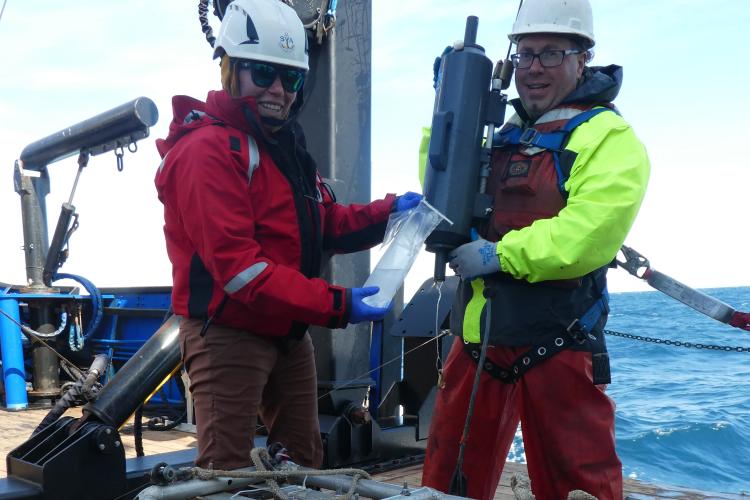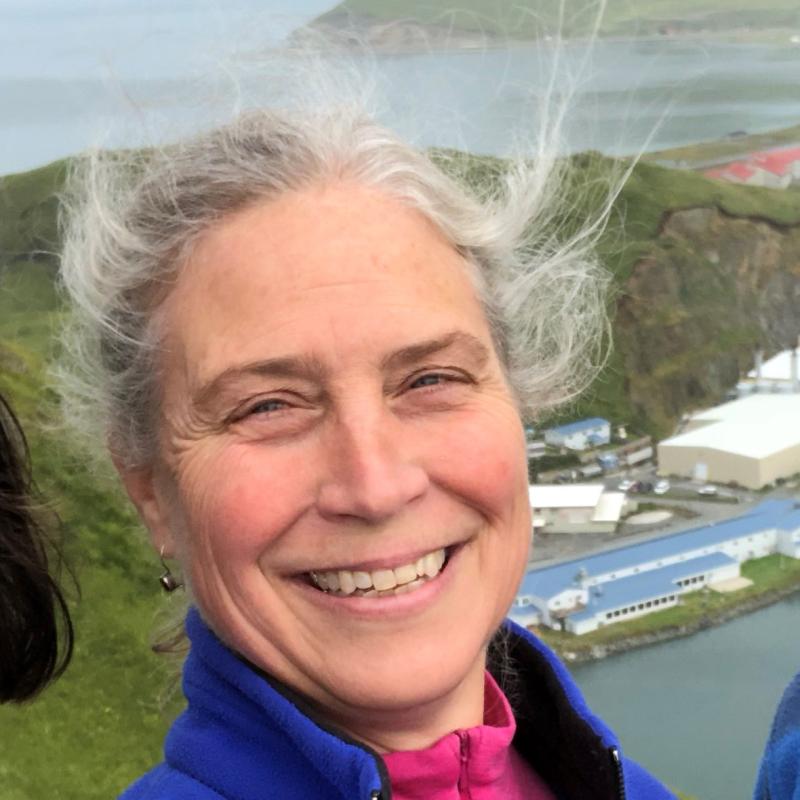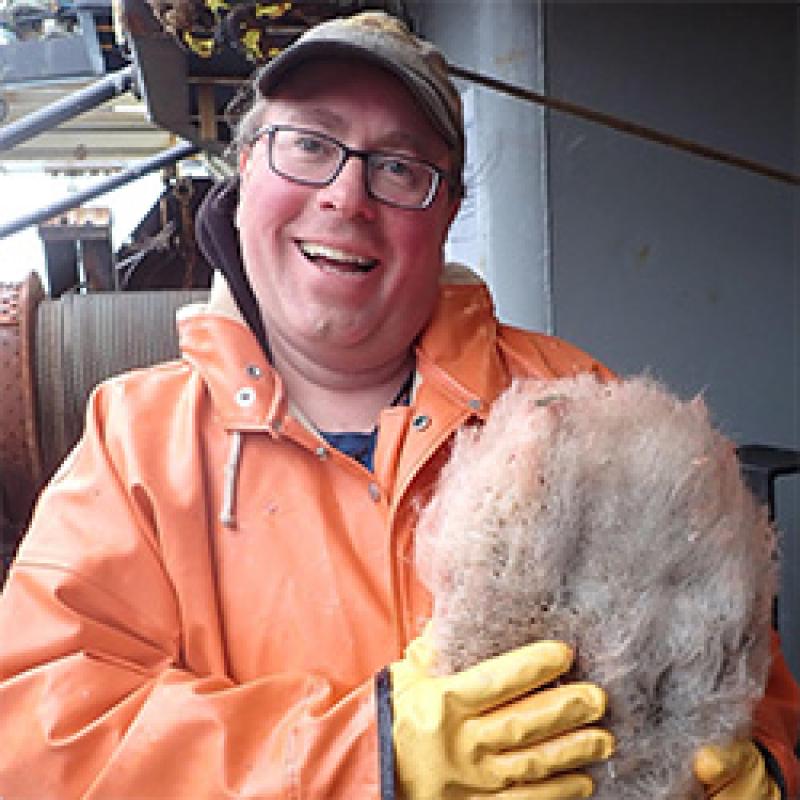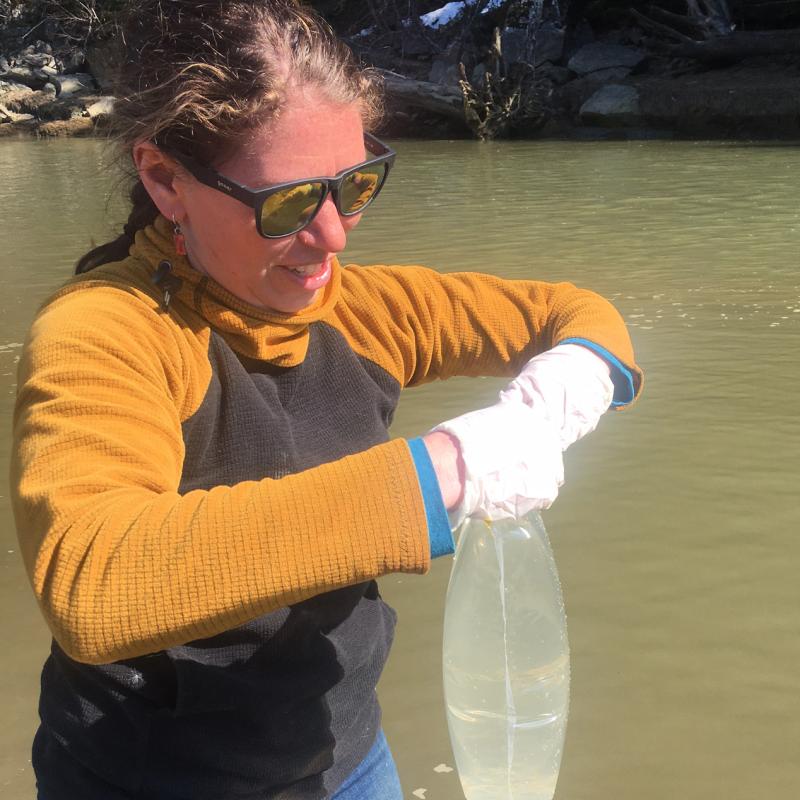Deoxyribonucleic acid (DNA) is the chemical compound that contains the instructions needed to develop and direct the activities of nearly all living organisms. Environmental DNA (eDNA) is the genetic material that organisms leave behind in their environment (for example, in sediment or water). Sources of this DNA include cells shed as mucus, feces, or tissue particles. By collecting and analyzing this genetic material, species can be identified within an environment without scientists ever having to see them.
We are filtering water samples to look for eDNA. This allows us to collect very small amounts of target eDNA that can then be used to detect the presence of marine organisms, such as fish, sponges and corals, or other invertebrates. Our hope is that by using eDNA, we will be better able to detect rare or cryptic species that might be present but that we are unable to observe using the stereo drop camera. The combined observations will be used to validate predictive models for coral and sponge distributions and may ultimately inform management decisions such as where fishing closures can be most effective at protecting vulnerable habitats like dense and diverse coral and sponge communities.
The first step in this process is to collect a water sample. To do this, we use a tool called a Niskin bottle. A Niskin bottle is a plastic cylinder with stoppers at each end, that when closed seal the bottle completely. The bottle is attached to a winch cable just above the drop camera, and they are both lowered to the seafloor. Once we reach a target location, a small weight is sent down the cable. The falling weight strikes a release mechanism on the bottle, closing the two stoppers and capturing a sample. This enables us to take water samples at desired depths and positions.
Once the bottle is back at the surface we can process our water sample, taking care to wear sterile gloves so as to reduce the risk of contamination from other sources of DNA, including ourselves. The water is filtered through a very fine filter to trap the eDNA. The filter, now including the eDNA, is then placed in solution. This solution protects the eDNA from degradation and helps break open cells retained on the filter, releasing their eDNA into the solution.
After the cruise at the lab, genetics specialists will extract, amplify, and analyze the collected eDNA using a technique called metabarcoding. They will add primers, short stretches of DNA that target unique sequences in the eDNA. These primers help identify unique areas of genetic material present in a cell or organism — such as a particular gene. They will also use polymerase chain reaction (PCR) to amplify, or make many copies of the marked DNA sequences. The resulting copies of genetic information can then be compared with genetic reference libraries to identify what organisms were present. The species identified in the eDNA can then be compared to what was observed with the dropcam imagery to see how the two distinct observations agree/disagree as to the number and diversity of species present at each seafloor station.






